With the basics out of the way, let’s explore the wide world of herbs and spices.
We’ll look at 18 of the most widely available in the US and many other parts of the world, including their health benefits, and where you can use them in your cooking.Parsley
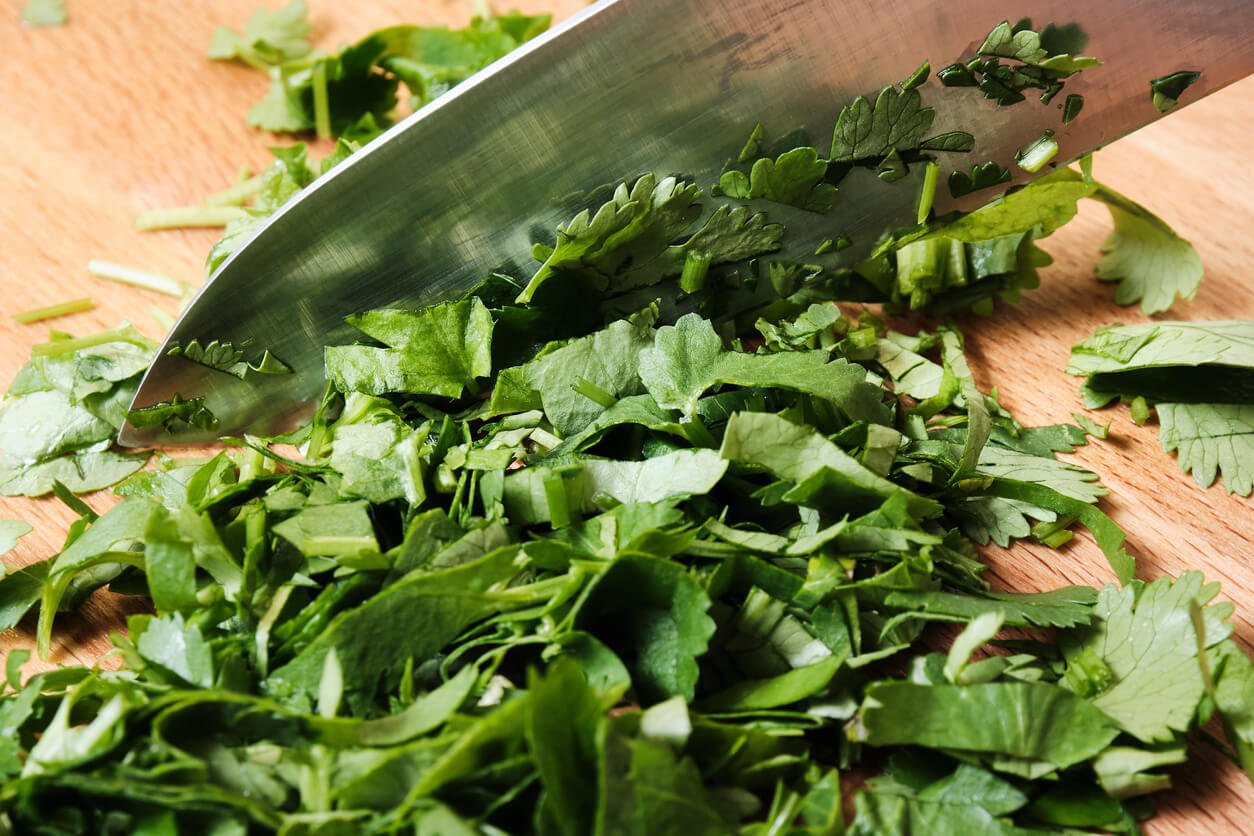
Health benefits: Parsley, aka Petroselinum crispum (which sounds like the name of the magical, weird kid in a semi-dystopian Young Adult novel), is known for its efficacy in treating hypertension, diabetes, cardiac, and kidney diseases. It has antioxidant and antibacterial activities that are useful in treating bladder infections such as UTIs, kidney stones (nephrolithiasis), gastrointestinal (GI) disorders, constipation, cough, and asthma. Parsley may also be effective in helping to treat colon, breast, and lung cancer. Given its long history in traditional pharmacopeias around the world — especially in its home region, the Mediterranean basin — that’s probably the tip of the iceberg of its benefits.
Culinary uses: Use fresh parsley in salads, in pestos and other sauces, and as a garnish on a variety of dishes like soup, tofu scrambles, and chickpea omelets.
Cilantro/Coriander

Health benefits: This herb (cilantro refers to the fresh leaf) and spice (coriander is the dried seed) is another health superstar, with a long list of benefits. It displays antioxidant, anticancer, neuroprotective, anxiolytic, anticonvulsant, analgesic, migraine-relieving, hypolipidemic, hypoglycemic, hypotensive, antimicrobial, and anti-inflammatory activities. One of the main active ingredients in Coriandrum sativum is called linalool (don’t you just love the sound of that?), which is in many perfumed hygiene products like soaps, shampoos, and detergents.
Culinary uses: Fresh cilantro is often used in Mexican and Thai cuisine — mix it into salsa or guacamole or use it as a garnish for Pad Thai. Coriander — whole seeds and ground — frequently appears in Indian and other Asian cuisines, especially in soups and curries.
If you are, or someone you are preparing food for is one of the numbers of people who just hate cilantro or think it tastes like soap (there are actually “I hate cilantro” clubs), some of the best substitutes for fresh cilantro include parsley, dill, and various mixtures of different herbs.
Mint

Health benefits: Belonging to the genus Mentha of the Lamiaceae family, mint includes several varieties of peppermint, spearmint, pineapple mint, and the tantalizingly named Cuban or “mojito” mint, which is another health powerhouse. Plants in the mint family exhibit antimicrobial and beneficial GI and nervous system effects, largely due to its main constituent pulegone, as well as menthol, the compound that gives mint its distinctive aroma. If you’ve ever used Vicks VapoRub, you’re familiar with menthol’s ability to clear sinuses.
Culinary uses: Use it in beverages like mint tea or mocktails, in raw leafy salads or fruit salads, and in popsicles. It’s also great in cold summer soups and gazpachos, such as those made with watermelon and cantaloupe.
Basil

Health benefits: Basil, whose name comes from the Greek basilikon, meaning “royal plant,” also confers a wide variety of health benefits. Another member of the Lamiaceae family, basil, displays antioxidant, antiviral, antibacterial, antimutagenic, and anti-allergic properties. One of its cousins, tulsi, also known, perhaps presumptuously, as holy basil, is a popular herbal tea remedy that has shown promise in the treatment of several cancers.
Culinary uses: Dried basil flavors some of the most iconic Italian dishes, such as pastas and pizzas, via its inclusion in classic, tomato-based sauces like marinara, puttanesca, and Pomodoro. Fresh basil is the main ingredient in many pestos, and also complements fruit salads and vegetable side dishes. To expand beyond Italian flavors, you can have fun growing and experimenting with purple basil, lemon basil, holy basil, cinnamon basil, and more.
Dill
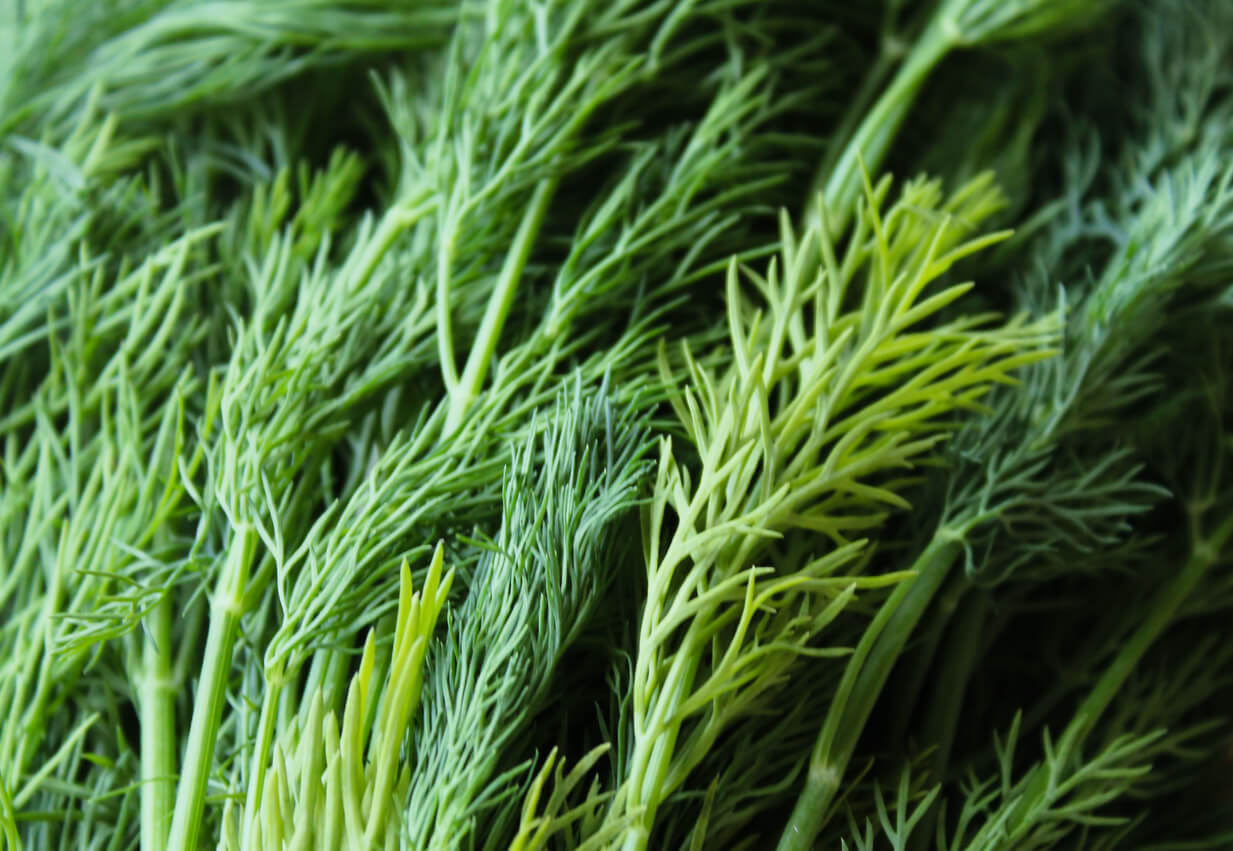
Health benefits: The dill plant gives us both an edible leaf (dill weed) and fruit (dill seed). It has strong antioxidative, anti-inflammatory, and immune-supporting properties.
Culinary uses: Fresh dill is famous for its role in flavoring dill pickles, as well as potato salad and other hearty summer salads. Fresh and dried dill weed adds piquant punch to many sauces and dressings — and brings out the sweetness of fresh and roasted veggies. Like coriander and cilantro, dill weed and seed are not substitutes for one another. They do, however, both appear in certain foods, such as sauces, pickles, and salad dressings.
Sage

Health benefits: Sage is another herb family that comprises multiple varieties, each with its own aromatic and flavor profile and set of health benefits. One clue as to its power comes from its botanical name, Salvia, which derives from the Latin for “health” (as in salutary, salubrious, and the Italian drinking toast “salute”). Sage has been shown to aid in pain relief, protecting the body against oxidative stress, free radical damages, inflammation, as well as bacterial and virus infection. It also blocks carcinogenic angiogenesis, a process by which cancerous tumors feed themselves by creating new blood vessels. Sadly, though, I haven’t been able to find evidence in the medical literature that consuming sage will make you into a wise and venerated philosopher.
Culinary uses: Add dried and powdered sage leaves to sauces, mocktails and teas, baked breads, and holiday stuffings.
Rosemary
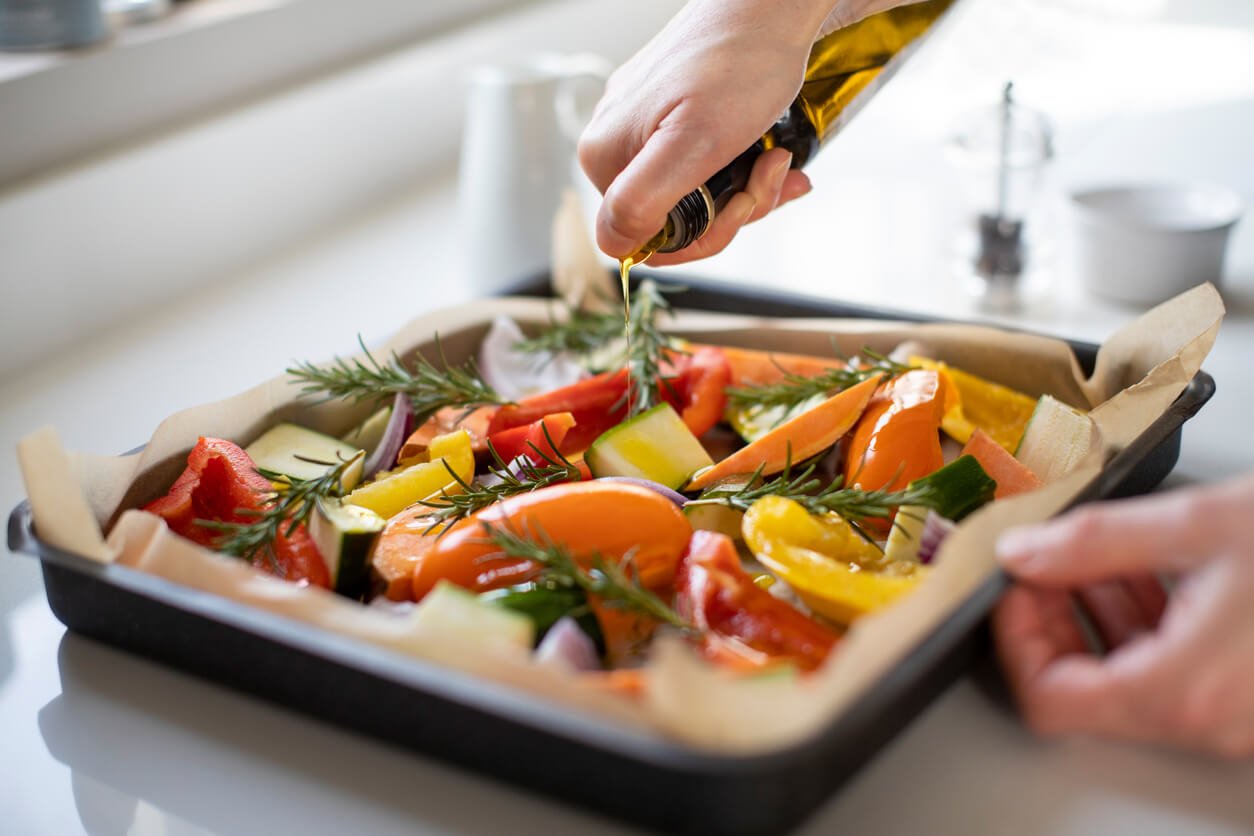
Health benefits: Rosemary, which has long been associated with remembering the dead, (perhaps because its aroma lingers so strongly) and got a shout out as such by Ophelia in Shakespeare’s Hamlet (“There’s rosemary; that’s for remembrance”), can help us not only recall the dead, but also help to keep us from joining them. Rosemary has robust anti-inflammatory, antioxidant, antimicrobial, antiproliferative, and antitumor properties.
Culinary uses: Use fresh and dried rosemary in soups, sauces, marinades, and dressings, as well as in pasta and veggie dishes. It’s best to chop up rosemary before use, especially when it’s dried.
Thyme
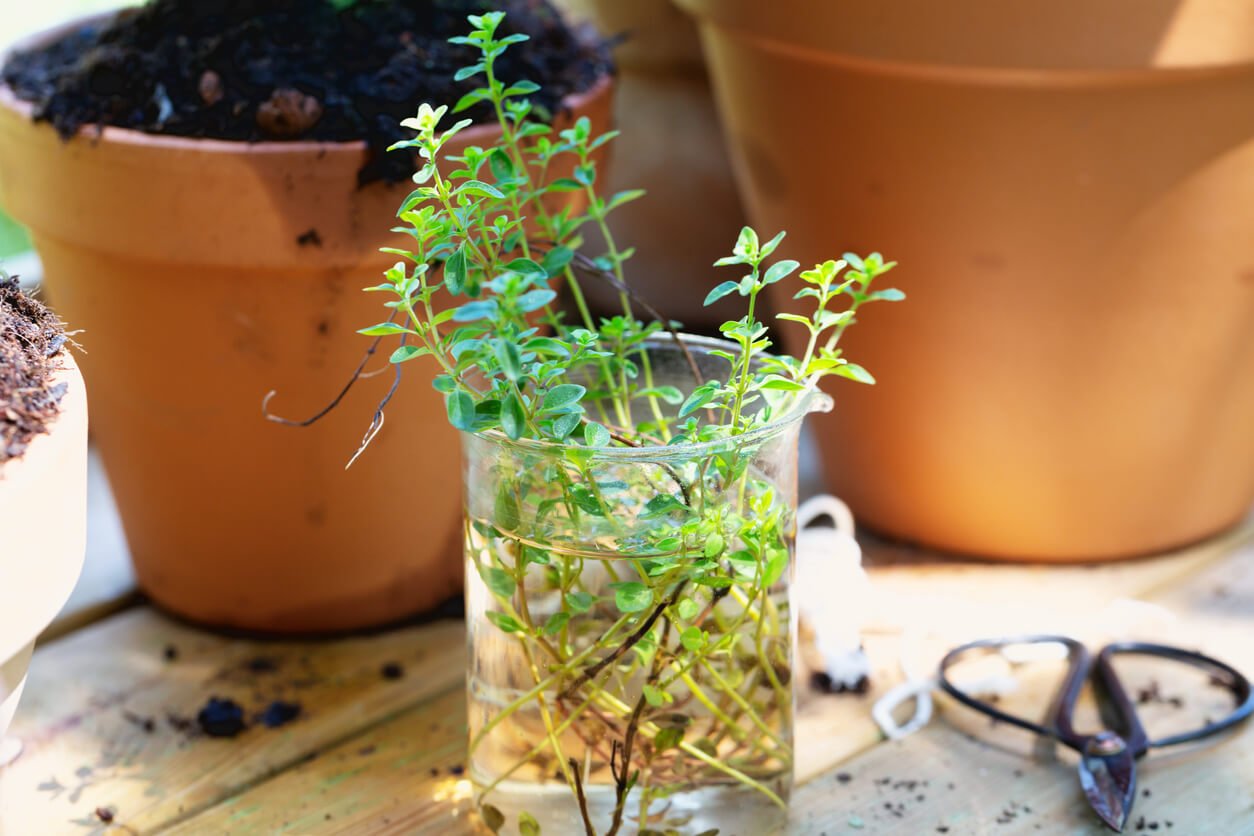
Health benefits: Thyme has a long and storied history as a medicinal herb. The Roman writer Virgil noted that thyme was an antidote to fatigue, while the 17th-century herbalist Nicholas Culpepper prescribed it against nightmares. These days, science has determined that thyme is a potent anti-inflammatory, antioxidant, antimicrobial, and antiseptic agent.
Culinary uses: Use fresh and dried thyme in soups, sauces, marinades, and dressings — and in pasta and veggie dishes. When used fresh, it can be added earlier in the cooking process than other fresh herbs. Its oils hold up better in heat, and its flavors will infuse the dish. Thyme is also essential to Bouquet Garni and Herbes de Provence blends.
Oregano
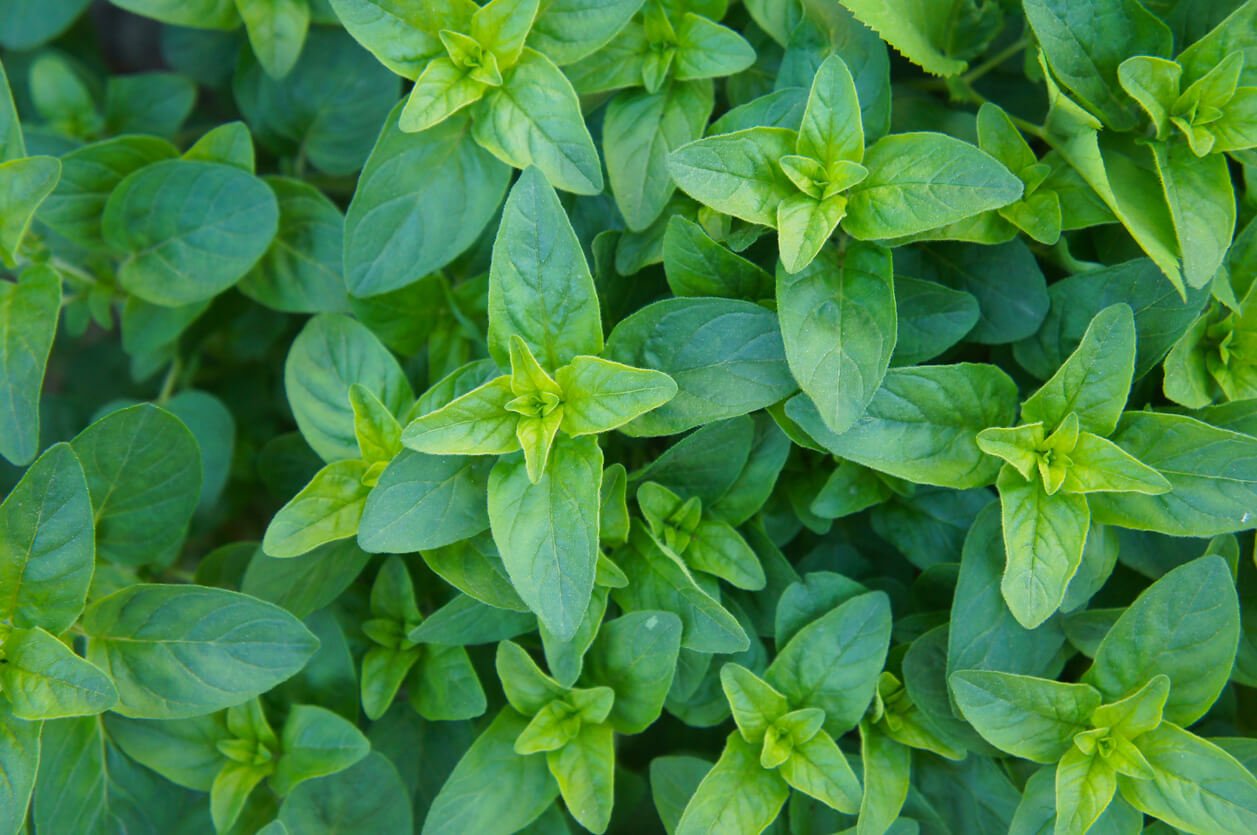
Health benefits: Oregano is not just a great pizza spice; it also has antimicrobial activity, antiviral, and antifungal properties. It’s also a potent antioxidant, anti-inflammatory, antidiabetic, and cancer-suppressing agent. If it weren’t a common herb that’s easy to grow indoors and out, and could be patented (which thankfully it can’t), some pharmaceutical company would have a blockbuster bestseller on its hands!
Culinary uses: Mix dried or fresh oregano into sauces for Italian dishes like pasta, parmigiana, and pizza. Add it to chili powder, salad dressings, marinades, cashew cream sauces, and tofu ricotta.
Black Pepper

Health benefits: Black pepper is an extremely common table spice that boasts powerful healing powers. It is antioxidant, antimicrobial, anti-inflammatory, gastro-protective, and antidepressant. Combine black pepper with turmeric to increase curcumin’s (see below) bioavailability.
Culinary uses: Black pepper comes in two main forms: whole peppercorns and ground pepper. You can add whole peppercorns to soups and stews. They can be extremely strong, so one way to do this is to include them in a sachet of cheesecloth so they impart flavor and can be removed from the finished dish. Ground pepper is a sharp seasoning for just about any savory dish, as well as salad dressings, sauces, and marinades.
Chili Pepper

Health benefits: Chili peppers can help with the prevention of various chronic diseases, including cancers, cardiovascular diseases, and type 2 diabetes, principally due to their anti-inflammatory and antioxidant effects.
Culinary uses: Chili peppers are a beloved part of many different cuisines. The dried and ground form of chili pepper is used in blends to season dishes like chilis, Thai curries, Indian dals, and Ethiopian wots. Ground chili pepper adds varying levels of heat and pungency (depending on the variety of chili pepper) to just about anything.
Cinnamon

Health benefits: In addition to being one of the signature scents in pumpkin spice, cinnamon offers significant health benefits. It’s been shown to be an antioxidant, anti-inflammatory, antidiabetic, antimicrobial, anticancer, lipid-lowering, and cardiovascular-disease-lowering compound. Cinnamon also appears beneficial in the treatment of neurological disorders.
Culinary uses: Cinnamon is another globally-loved spice. In the US, sweet dishes, like pies, quickbreads, oatmeal, cookies, and mulled cider are where you’ll most likely find it. Cuisines from other countries take advantage of its sweet, warming, and spicy flavor profile in savory dishes, as well. Add it to chilis, soups, fruit salsas, roasted root veggies and winter squash, lentil braises, vegetable tagines, Jamaican jerk creations, biryanis, and mole poblano. You can also buy or make your own cinnamon-containing spice blends like garam masala, Chinese five-spice powder, and baharat.
There are different types of cinnamon, with different flavors and health properties. Ceylon cinnamon is sometimes colloquially known as “true cinnamon” because it is the healthiest type, and is also widely considered to be the most delicious. Why is it healthier? Because different forms of cinnamon contain dramatically different amounts of a compound called coumarin, which is toxic to humans in high doses. Cassia cinnamon has the most coumarin, while Ceylon cinnamon has the least.
Cumin
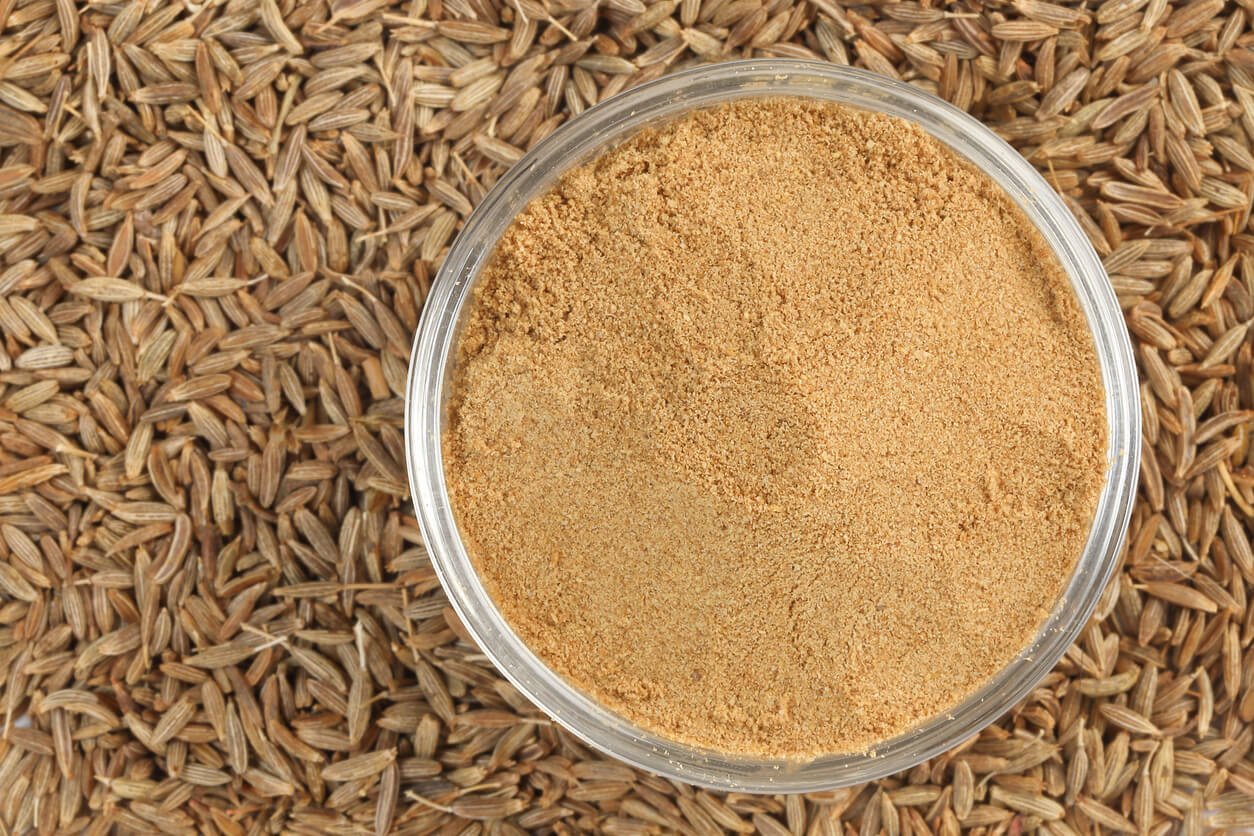
Health benefits: Cumin has been used in traditional medicine for millennia to treat a variety of diseases, including hypolipidemia, cancer, and diabetes. It also improves digestion and cognition.
Culinary uses: Cumin predominates in a wide variety of cuisines, ranging from Latin American, Middle Eastern, African, and Indian. It’s used as both a whole seed, often dry roasted at the beginning of cooking to release its oils and aromas, as well as a ground powder. You’ll find cumin in curries, taco seasonings, chili, and spreads like hummus and guacamole.
Paprika
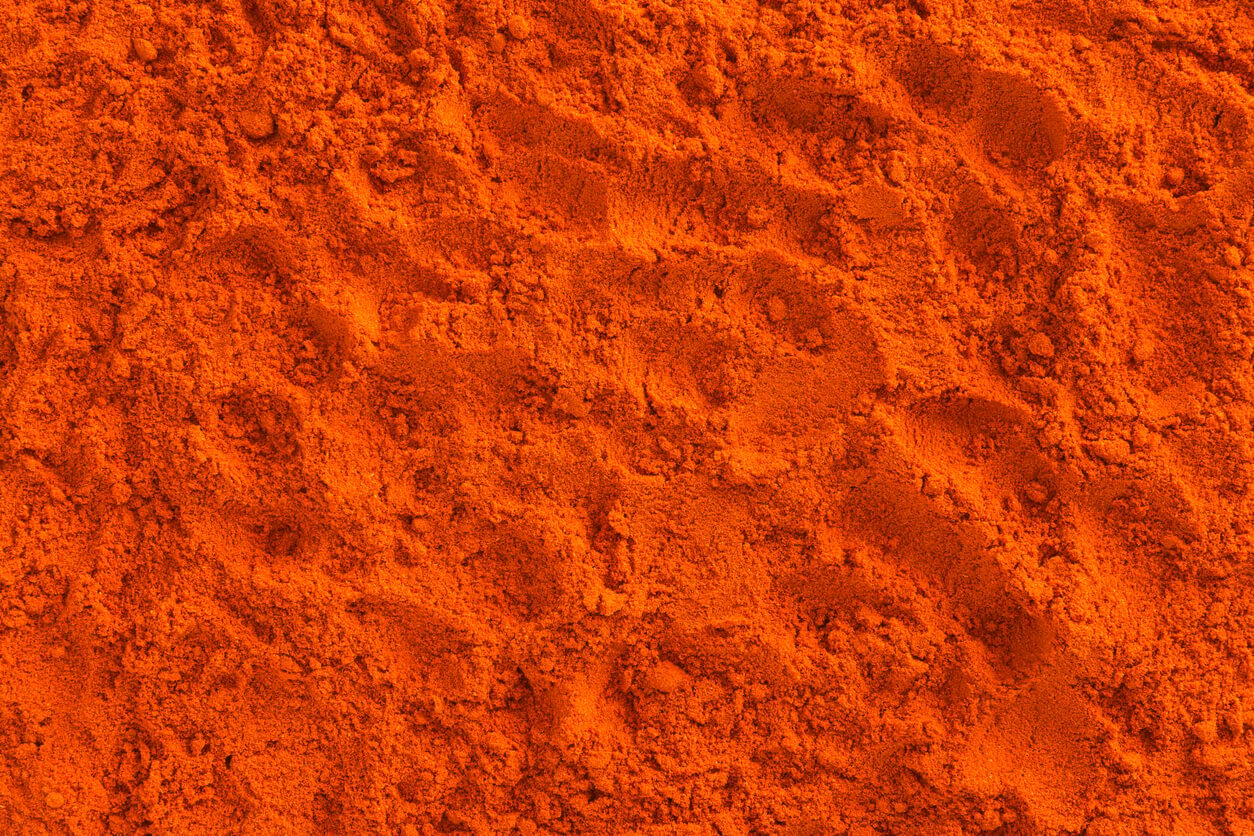
Health benefits: Paprika, or the powder from certain dried peppers, is rich in antioxidants. It may be helpful for lowering the risk of diseases caused by oxidative stress, similar to the effects of chili powder.
Culinary uses: Spanish and Hungarian cuisines use different types of paprika; Hungarian is sweeter and Spanish hotter. There’s also smoked paprika, which is awesome in plant-based versions of traditional smoked meats such as bacon. You can use any kind of paprika as seasoning on hummus and in rice, in sauces, on potato salad, and in soups and stews.
Nutmeg
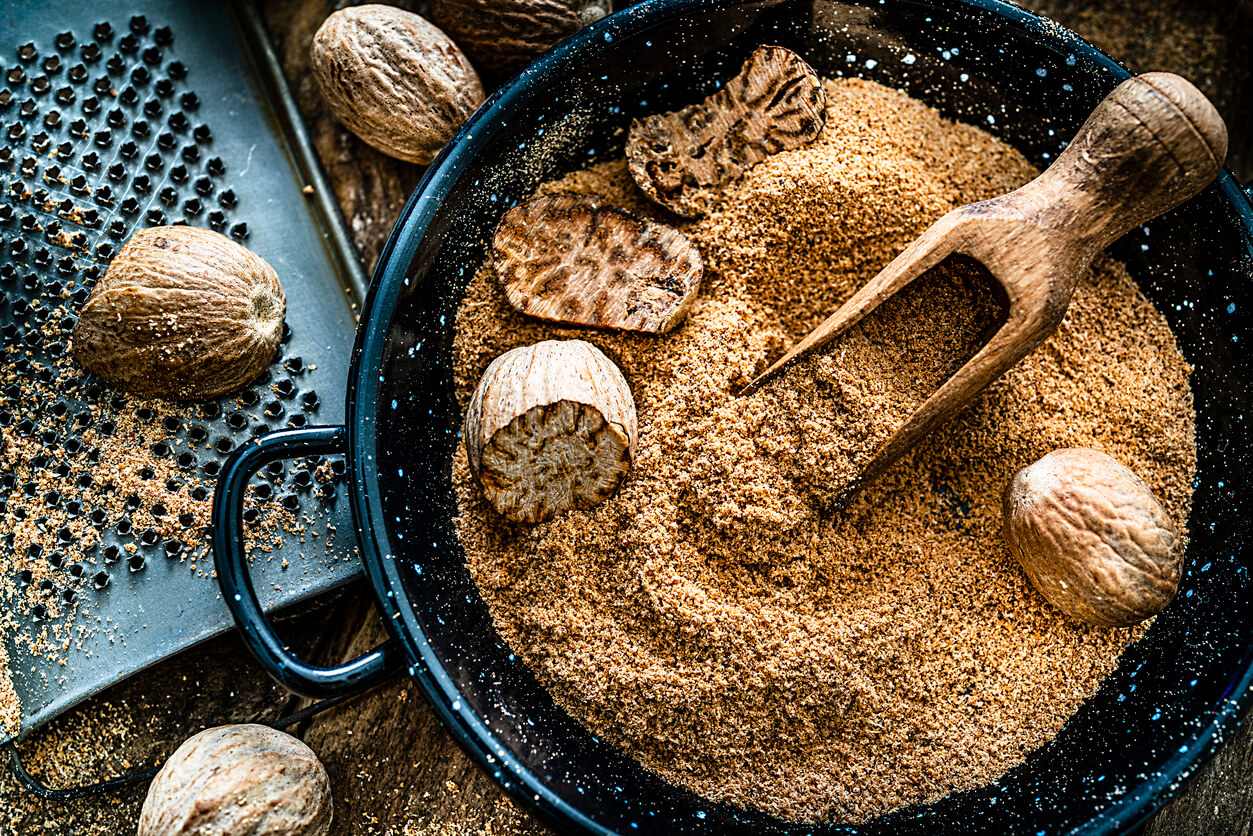
Health benefits: Nutmeg has been used in traditional remedies for stomach and kidney disorders; and has antioxidant, antimicrobial, and central nervous system effects.
Culinary uses: Originating in Indonesia, nutmeg first reached European palates in the 17th century following the establishment of a trade route to an island in the Banda Sea. It’s popular in desserts (often playing a supporting role in pumpkin spice blends), hot beverages, oatmeal, and a seasoning for root vegetables. The thin coating of the nutmeg is a spice in its own right, known as mace.
Ginger
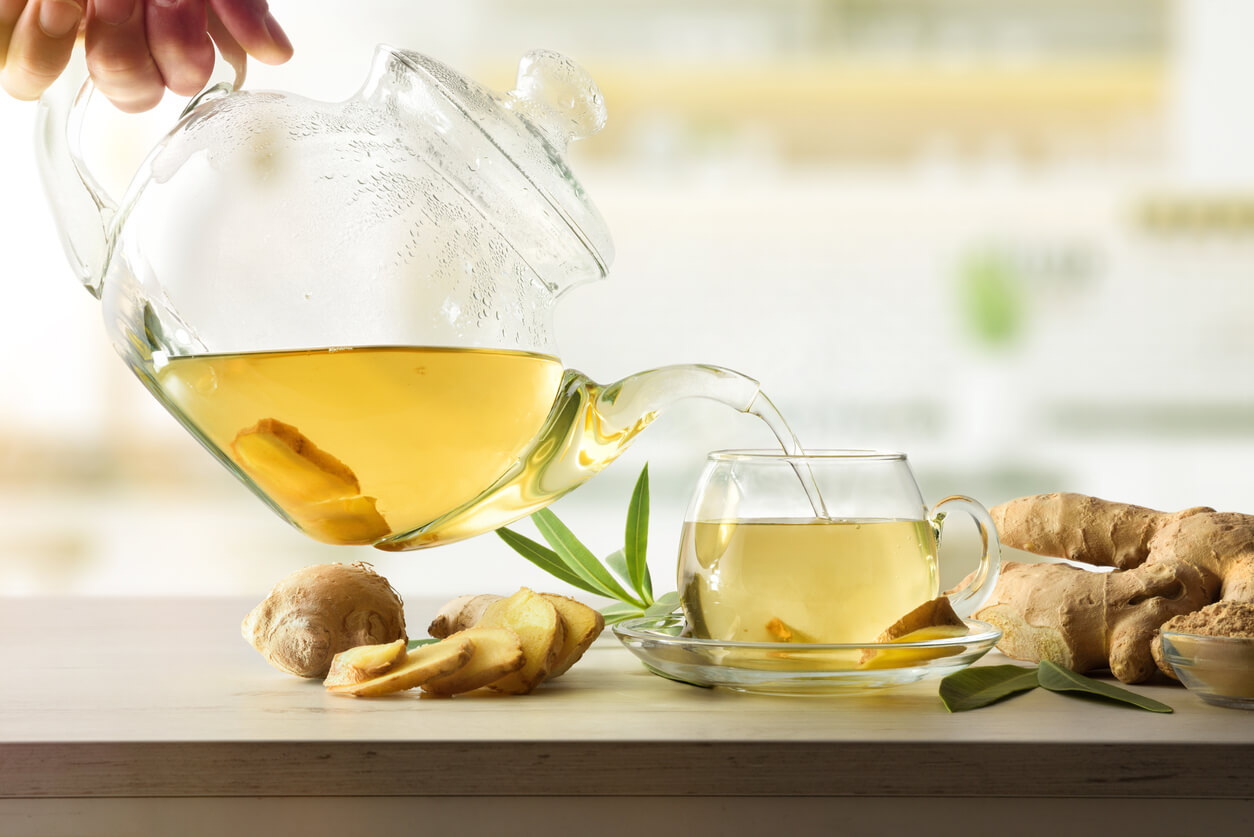
Health benefits: Ginger’s widespread use as a folk remedy for all kinds of ailments is being confirmed more and more by modern science. It’s given to reduce nausea and vomiting during pregnancy, quell inflammation, lessen the impact of metabolic syndrome, improve digestive function, treat migraines, and treat and even reverse some cancers.
Culinary uses: Ginger is at home in both sweet and savory dishes. It’s a popular flavoring in desserts, curries, and stir-fries. Steeped, it makes a tasty medicinal tea, and pickled ginger is used as a palate-cleansing condiment in some Asian cuisines.
Onion and Garlic
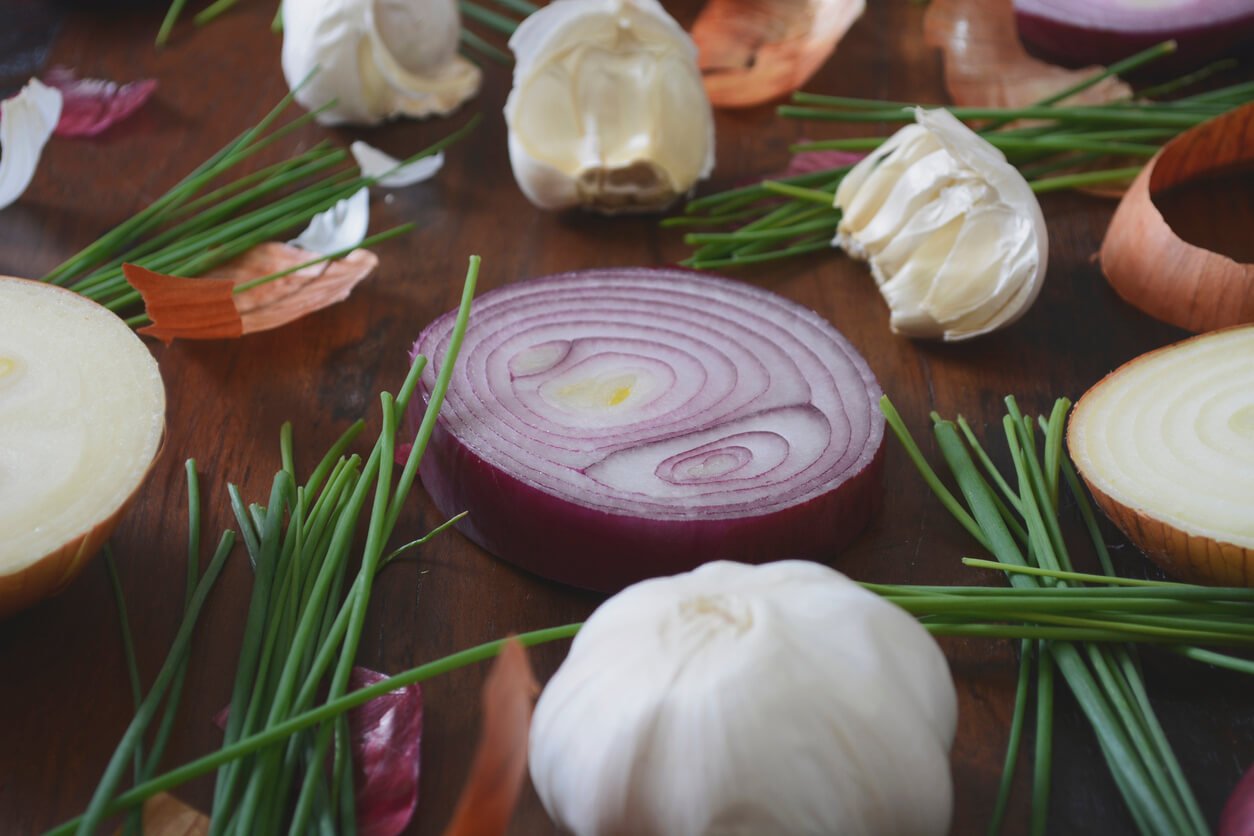
Health benefits: These awesome members of the allium family could open their very own pharmacy. They’ve been shown to reduce the risk for cardiovascular diseases, as well as possess antitumor and antimicrobial effects. They’re also beneficial for the management of blood glucose levels.
Culinary uses: When we’re talking savory, it’s probably quicker to list all the dishes where onions and garlic don’t belong. Umm, not sure I can think of any. These delicious roots are stars or supporting actors in just about every cuisine; stir-fries, grain bowls, fajitas, soups, stews, chilis, pasta dishes, casseroles, and so on. Milder variants, like red onions and elephant garlic, can spice up salads of all kinds. And the powdered versions — including onion and garlic powders, granulated onion, and garlic salt — provide convenient ways of getting the flavor of these roots into your cooking without having to chop or cry.
Turmeric
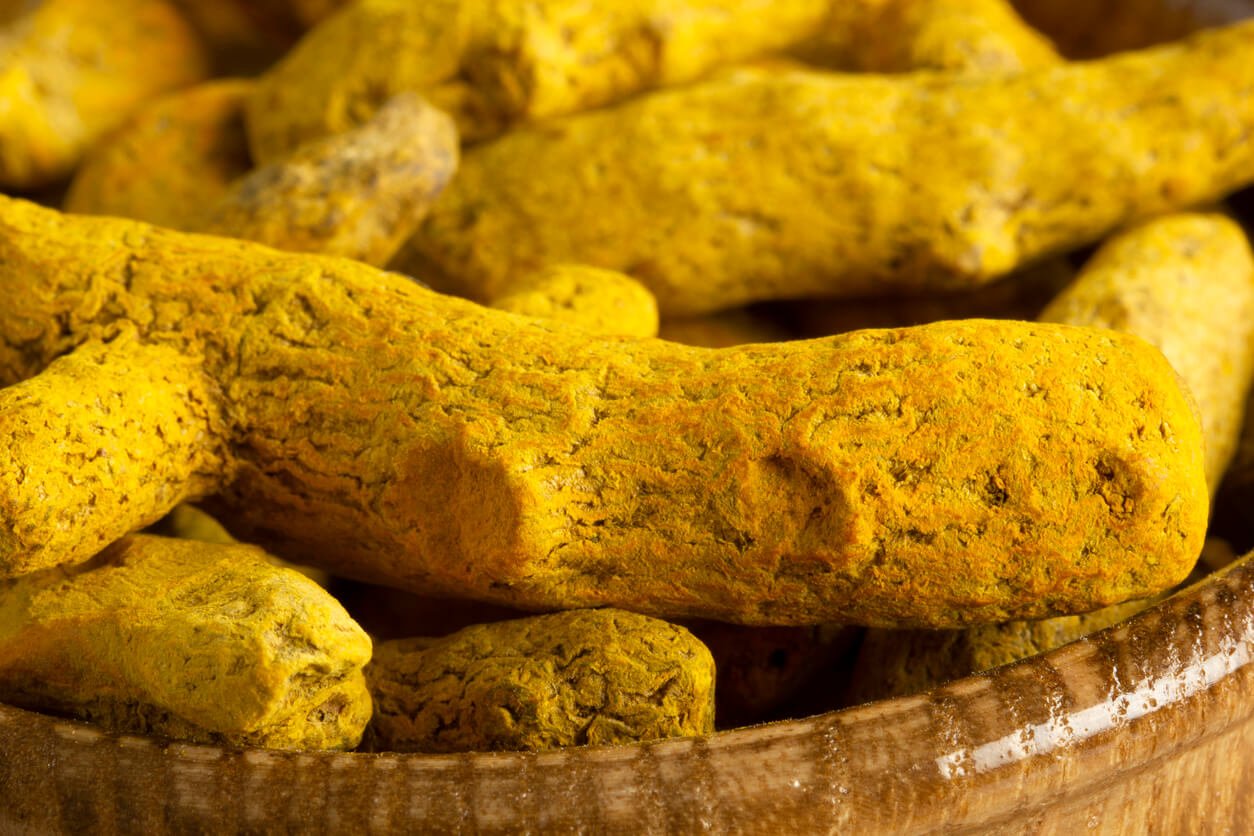
Health benefits: We’re learning more about the healing power of turmeric just about every day, it seems. This 2017 review article, with its 63 references, is already out of date as scientists explore the benefits of turmeric’s primary active ingredient, curcumin. We already know that it can improve inflammatory conditions and metabolic syndrome, reduce pain, help in the management of inflammatory and degenerative eye conditions, benefit the kidneys, and provide global antioxidant and anti-inflammatory effects.
Culinary uses: Turmeric is used both for its flavor and ability to add a vibrant yellow hue to dishes. It’s popular in Indian and South Asian cuisines, where it’s added to curries, beverages, soups, grain, and roasted vegetables. Plant-based cooks add a pinch to scrambled tofu to give the dish the hue of scrambled eggs. And some people even enjoy it in dishes that lean towards sweetness, such as smoothies and juices.






Комментариев нет:
Отправить комментарий